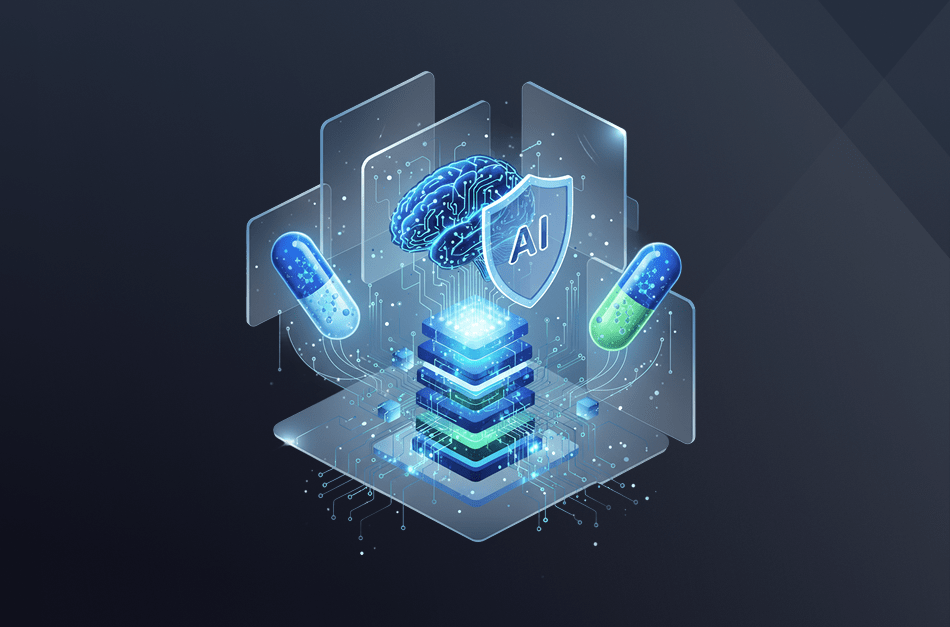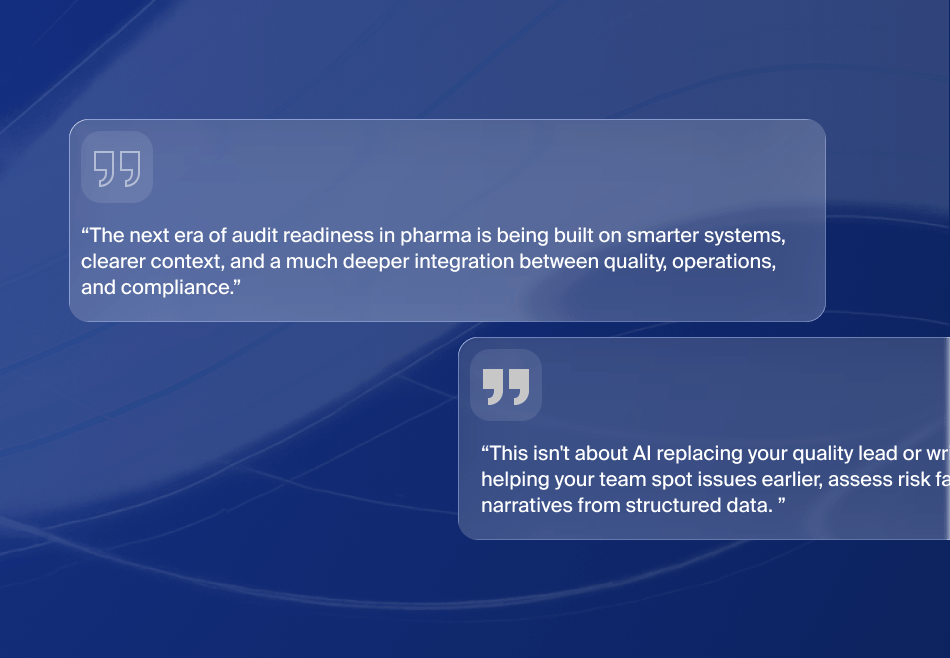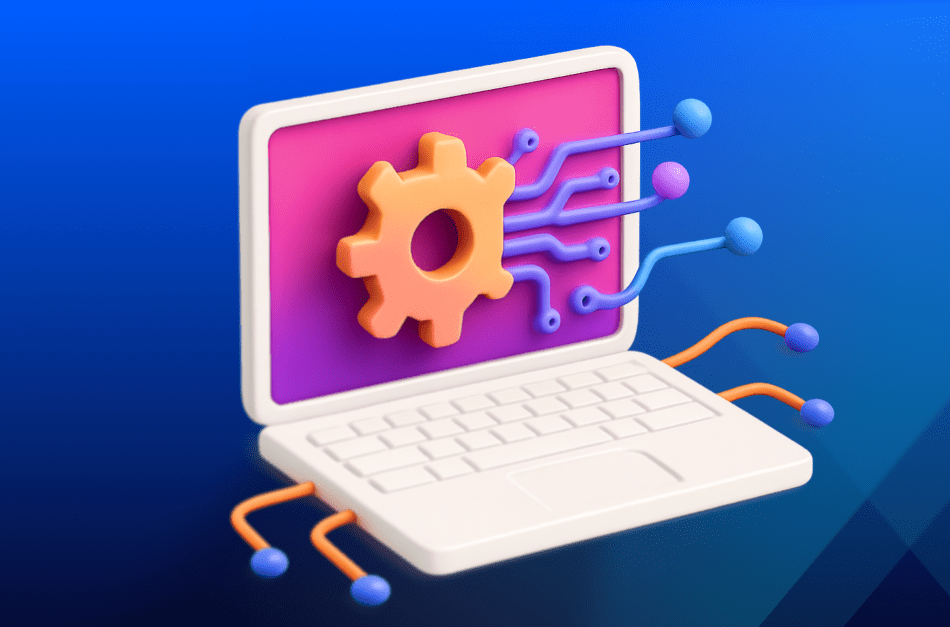Why Cybersecurity Compliance Matters in Chemicals Manufacturing
In the chemical sector, cybersecurity is no longer a conversation about “if” but “when.”
With Industrial Control Systems (ICS) and Operational Technology (OT) at the heart of chemical production, a cyberattack isn’t just about lost data, it can trigger hazardous reactions, environmental damage, or regulatory non-compliance. In 2025, cybersecurity compliance standards such as ISA/IEC 62443 and NIST CSF must guide chemical plants, making compliance a boardroom priority, not just an IT concern. In modern manufacturing environments where MES, ERP, and industrial control systems run side by side, a breach can change formulas, halt batches mid-cycle, or trigger unsafe chemical reactions.
Yet many compliance programs are still built for a different era. They meet the letter of regulations but fall short when it comes to the tactics of modern threat actors. In 2025, cybersecurity compliance in chemical manufacturing isn’t just an IT responsibility, it’s a cross-functional mandate tied directly to safety, operational continuity, and brand trust.
When Cyber Incidents Disrupt Chemical Processes
At a fertilizer plant in Europe, an attacker gained access through a compromised engineering workstation. The change they made was subtle, a dosing command adjusted by just a few decimal points. In most industries, that might mean a defective product. In chemical manufacturing, it could trigger a hazardous reaction with regulatory, financial, and reputational consequences.
In North America, a specialty chemicals producer found its Manufacturing Execution System (MES) locked for four days after attackers piggybacked on a contractor’s laptop connection. Production stopped mid-batch. Operators had to switch to manual controls while compliance teams scrambled to preserve audit trails, avoid safety breaches, and maintain customer commitments.
These modern cases echo well-known industrial attacks like Stuxnet (2010, which physically damaged centrifuges in Iran) and Triton (2017, which compromised safety instrumented systems at a Saudi petrochemical plant). More recently, the Colonial Pipeline ransomware attack (2021) forced the shutdown of fuel distribution across much of the U.S. East Coast, highlighting the cascading economic and safety risks of cyber incidents.
Together, these examples demonstrate the unique reality in chemical manufacturing: cyber incidents are never just IT problems; they are process and safety incidents. In chemical operations, the line between cyber risk and operational risk is short, and often invisible until it’s crossed.
According to CISA (Cybersecurity and Infrastructure Security Agency), cyber incidents targeting chemical manufacturers have surged sharply in the past three years, with nearly half exploiting Industrial Control System (ICS) vulnerabilities. Unlike broad ransomware sweeps, these attacks are deliberate, process-aware intrusions designed to exploit a plant’s specific operational architecture.
Why Compliance Alone Falls Short in Chemicals
Chemical plants already face strict safety and environmental regulations. But cybersecurity regulatory compliance adds new challenges for manufacturing leaders:
- Legacy OT Systems Many control systems lack modern authentication or encryption.
- Interconnected MES and ERP Platforms Efficiency gains have increased attack surfaces.
- Geographically Distributed Assets Multiple plants and remote operators complicate governance.
- Human Factor Risks Inconsistent OT security training can turn staff into unwitting entry points for attackers.
On paper, a plant may tick every compliance box. In practice, attackers exploit OT realities such as unsecured remote access, unpatched PLCs, insecure SCADA protocols like Modbus/DNP3, and weak authentication practices. These vulnerabilities are often rooted in legacy systems and operational resistance to downtime, making remediation more complex than in traditional IT. Closing these gaps requires targeted strategies such as multi-factor authentication for remote access, industrial DMZ network segmentation, and structured patch management windows.
From Checklists to Continuous Defense in Chemical OT
Leading manufacturers are reframing compliance in cybersecurity not as a static checklist, but as a living defense strategy. Instead of relying solely on periodic audits, they are:
-
Embedding Security into MES Workflows
Every formula change, batch release, or equipment handover passes through automated security checks.
-
Using Behavioral Anomaly Detection (BAD)
AI models learn what “normal” OT behavior looks like and flag deviations like an unfamiliar IP sending dosing commands before operators notice an issue.
-
Isolating Critical Assets
Network micro-segmentation keeps a breach in one area from cascading across the plant floor.
-
Running Cyber-Physical Simulations
Digital twins replicate production systems, allowing teams to rehearse attack scenarios without risking live operations.
Platforms from leaders like Dragos, Claroty, and Nozomi Networks are now central to continuous defense, providing asset visibility, anomaly detection, and continuous OT monitoring. Increasingly, their partnerships with IT security vendors such as Microsoft and Aruba highlight the industry shift toward integrated, IT/OT-aware protection.
Cloud Cybersecurity Compliance for Chemical Plants
Cloud platforms like Microsoft Azure now serve as cybersecurity compliance solutions, becoming central to chemical manufacturing security. By linking MES and OT monitoring to cloud-based security services, plants can:
- Detect unusual network behavior across multiple sites in real time, using AI-powered anomaly detection.
- Automate incident reporting for OSHA, CFATS, and ISO 27001 compliance.
- Trigger immediate quarantine protocols when suspicious activity is detected.
Cloud integrations also help address diverging global compliance requirements. The European Union’s NIS2 Directive and Cyber Resilience Act impose stricter obligations, while the U.S. focuses on voluntary frameworks like CISA’s Chemical Sector Goals (SSGs). AI-enabled cloud monitoring and automated reporting give manufacturers the ability to meet these varying mandates at scale, turning compliance from a manual burden into a proactive, adaptive system.
For instance, when cloud-based monitoring platforms like Azure Sentinel are integrated with MES, an unauthorized PLC command can trigger an immediate response: the affected machine is quarantined within seconds, the MES flags the batch for a quality hold, and incident details are auto-logged for regulatory review, preventing both a safety breach and a production delay.
Where Cybersecurity Compliance Is Heading in Chemicals
The next evolution is shifting from “detect and respond” to “predict and prevent.” We’re already seeing:
- Supplier Cybersecurity Scoring- Vendors must meet baseline security standards before MES or ERP access is granted.
- AI Threat Intelligence Mapping- Aligning global attack patterns with plant-specific vulnerabilities.
- Blockchain-Secured Audit Trails- Tamper-proof records for recipe changes and OT commands.
Industry leaders are not waiting for mandates; they are pioneering this future today:
- BASF has aligned with ISO 27001 and ISA/IEC 62443 to enforce a unified cybersecurity compliance framework.
- Dow emphasizes a risk-based, collaborative approach, investing heavily in employee training and public-private partnerships.
- ExxonMobil is driving a secure-by-design future through the Open Process Automation Forum, re-engineering process control systems for resilience.
Together, these strategies show that the future of compliance isn’t just about passing audits, it’s about engineering resilience into every layer of operations.
Bottom Line – Compliance as Strategic Investment
Compliance cybersecurity in chemical manufacturing can’t be treated as a paperwork exercise – it’s central to safety, resilience, and ROI. The stakes are uniquely high: safety, environmental impact, intellectual property, and operational continuity. Leaders like BASF, Dow, and ExxonMobil show that the plants that thrive are those that go beyond compliance to build proactive, risk-ready resilience.
In this industry, a cyber breach isn’t just a tech problem, it’s a chemical problem. And in 2025, the clearest sign of operational maturity is risk readiness: embedding adaptive, connected defenses into every process so that compliance becomes not just protection, but performance.
Cybersecurity compliance isn’t a checklist – it’s modernization. Build resilience and ROI in your chemical operations today.








